“The Santa Ana winds were blasting through the streets, bristling and smelling of desert, of white sunlight, of sharp, wiry plants and white rock…A hot madness was enclosing the city.” Kate Braverman, Lithium for Medea (February 5, 1949 – October 12, 2019)
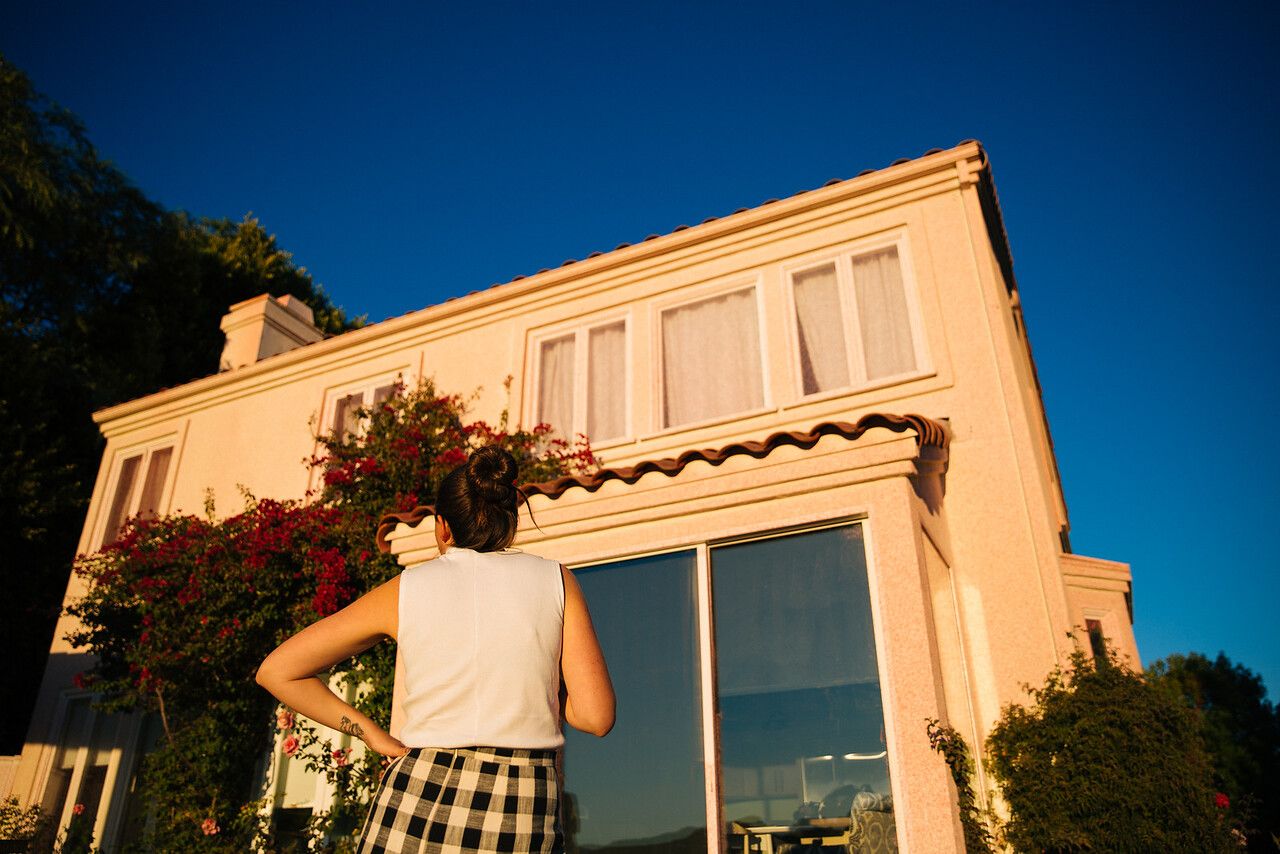
photos by MB Maher
California’s wildfire season is fully upon us this week, both in Northern and Southern California. These seasonal hot, dry winds go by many names. Here in Los Angeles, I’ve always known them as the Santa Anas; in Northern California they go by the Diablos. From my personal, nonscientific vantage point, I’ve always experienced Santa Ana season as one in which our typically gentle maritime climate becomes upended by furiously destructive, dessicating devil winds that blow in hair-dryer hot from the east, carrying unfamiliar scents and often igniting wildfires. Your skin itches, your nerves get jangly, and a general feeling of unease descends on our golden la-la land. But these last three years, the unprecedented range and fury of the fires is unlike anything these winds have wrought in living memory.

(A more technical description would be: “The Santa Anas are katabatic winds—Greek for “flowing downhill,” arising in higher altitudes and blowing down towards sea level.[5] Santa Ana winds originate from high-pressure airmasses over the Great Basin and upper Mojave Desert. Any low-pressure area over the Pacific Ocean, off the coast of California, can change the stability of the Great Basin High, causing a pressure gradient that turns the synoptic scale winds southward down the eastern side of the Sierra Nevada and into the Southern California region.[6] Cool, dry air flows outward in a clockwise spiral from the high pressure center. This cool, dry airmass sweeps across the deserts of eastern California toward the coast, and encounters the towering Transverse Ranges, which separate coastal Southern California from the deserts. The airmass, flowing from high pressure in the Great Basin to a low pressure center off the coast, takes the path of least resistance by channeling through the mountain passes to the lower coastal elevations, as the low pressure area off the coast pulls the airmass offshore. ” — Wikipedia)
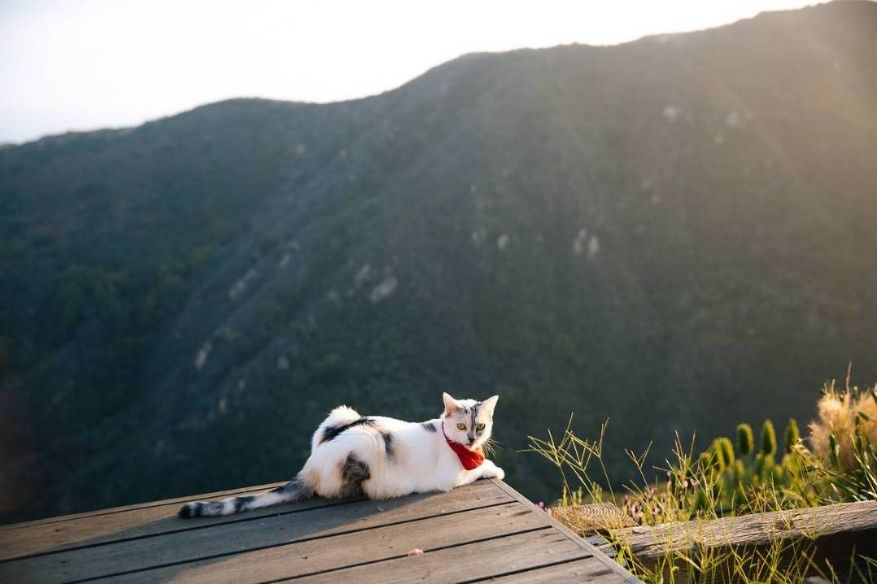
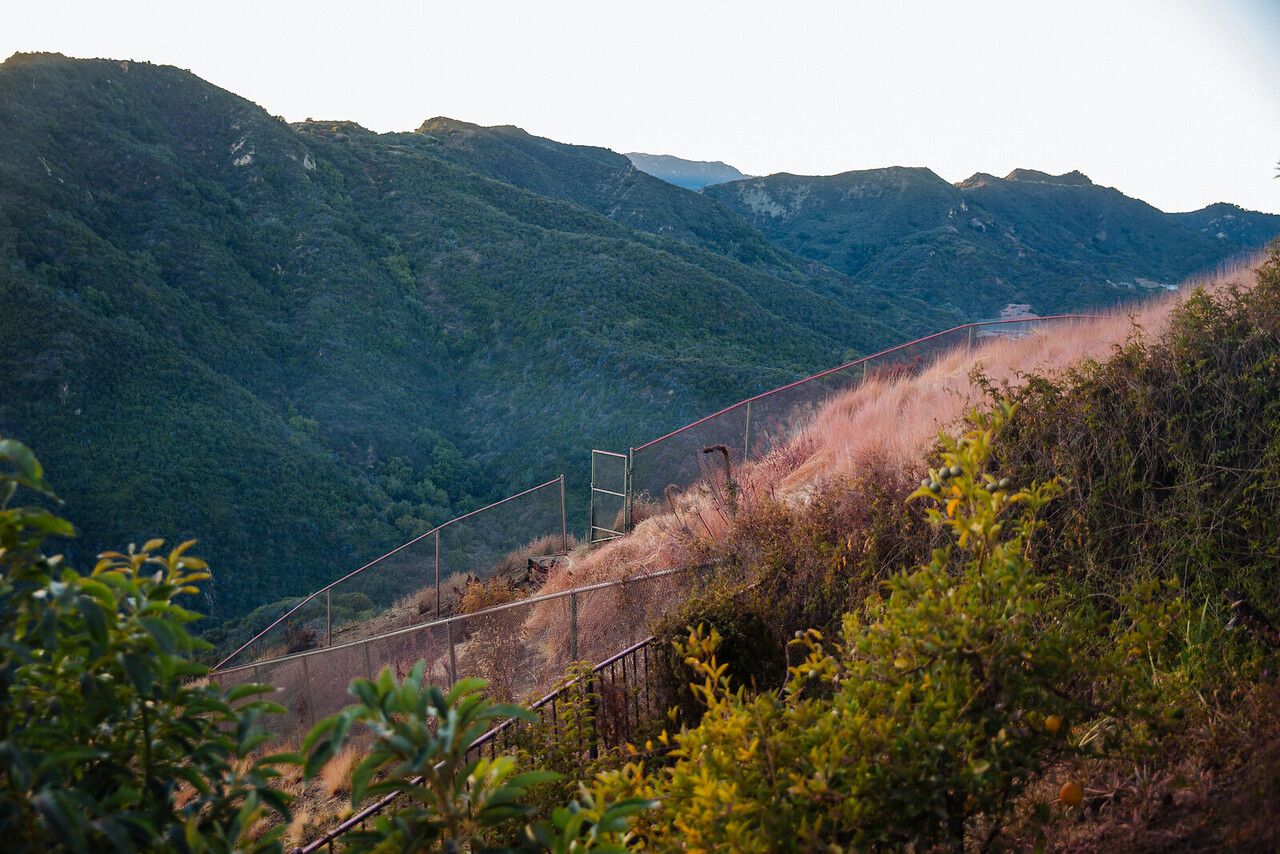
Fighting off these wildfires in the wildland-urban interface areas like the Pacific Palisades may involve evacuations, lost pets, and possibly turning your white house pink by the fire retardant Phos-chek. And as the utilities face legal liability for their infrastructure sparking deadly wildfires, preemptive power shutoffs are a recent tactical maneuver that may become the new normal in wildfire season.

photo Al Seib/Los Angeles Times

It’s quibbling to complain about houses turning pink when the alternative is too awful to contemplate. Still, Mitch’s photos of his friends’ family home recently sprayed with the fire retardant Phos-chek brought a visual specificity to the treatment that I previously hadn’t considered. It covers everything, not just “wildland fuels” but houses and gardens too. And don’t reach for the power washer for cleanup, which might force the residue into crevices that will be forever pink; rather, a gentle spray from the garden hose is advised.
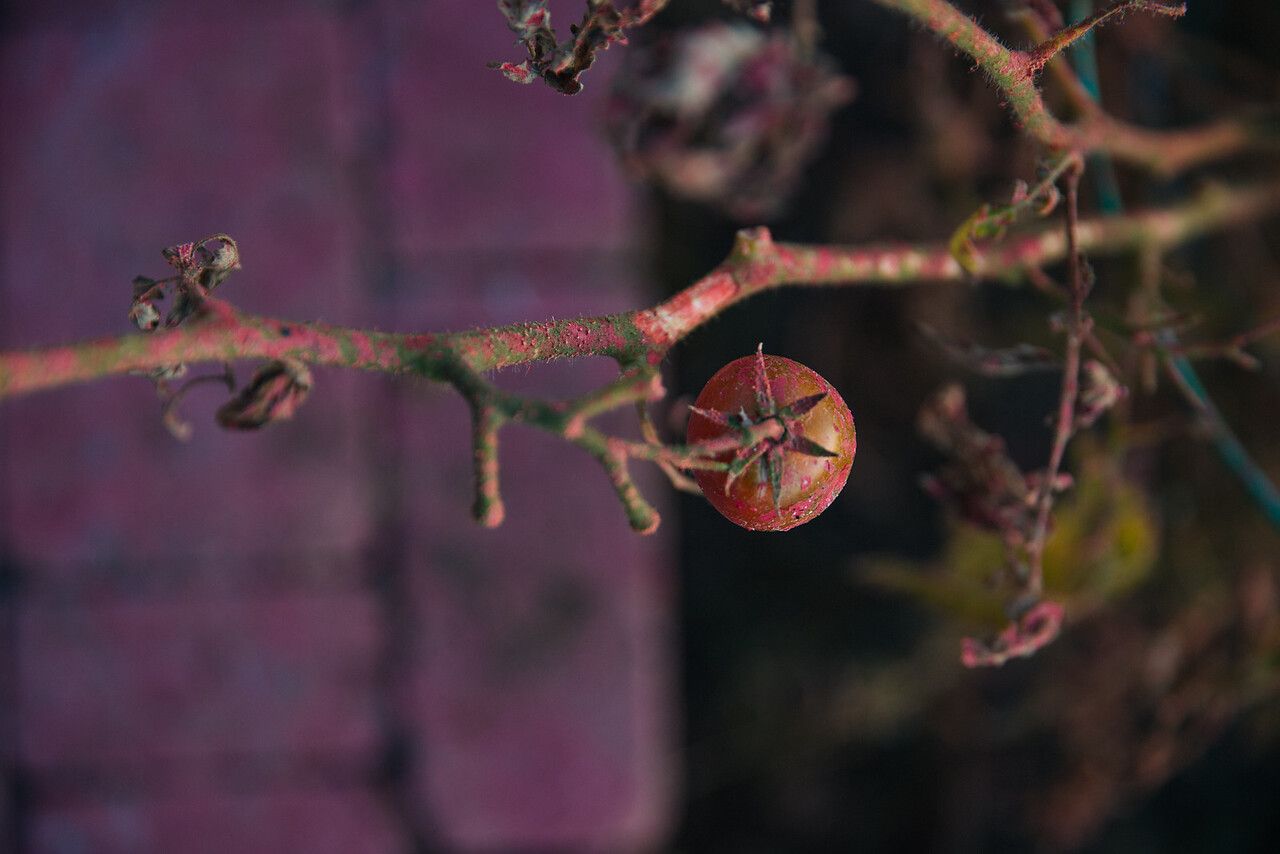
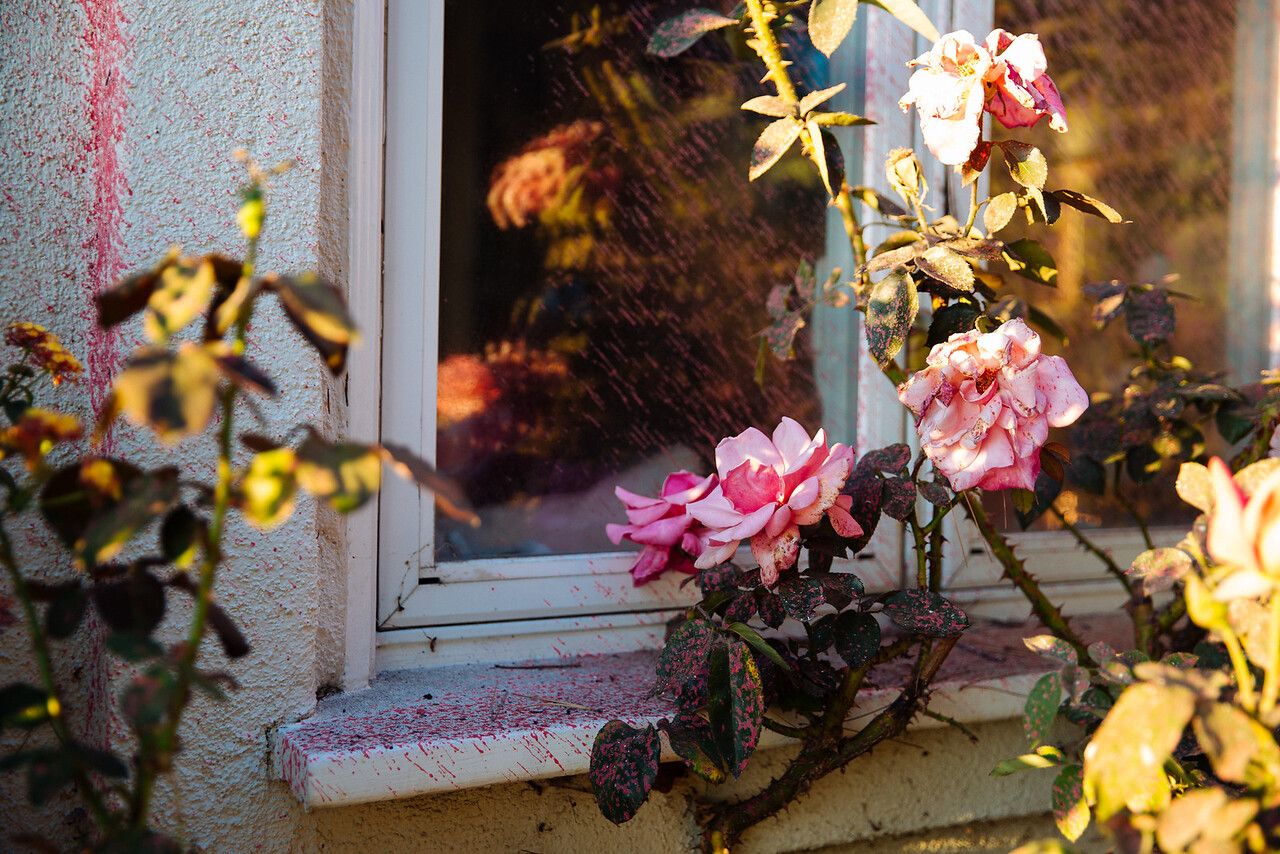
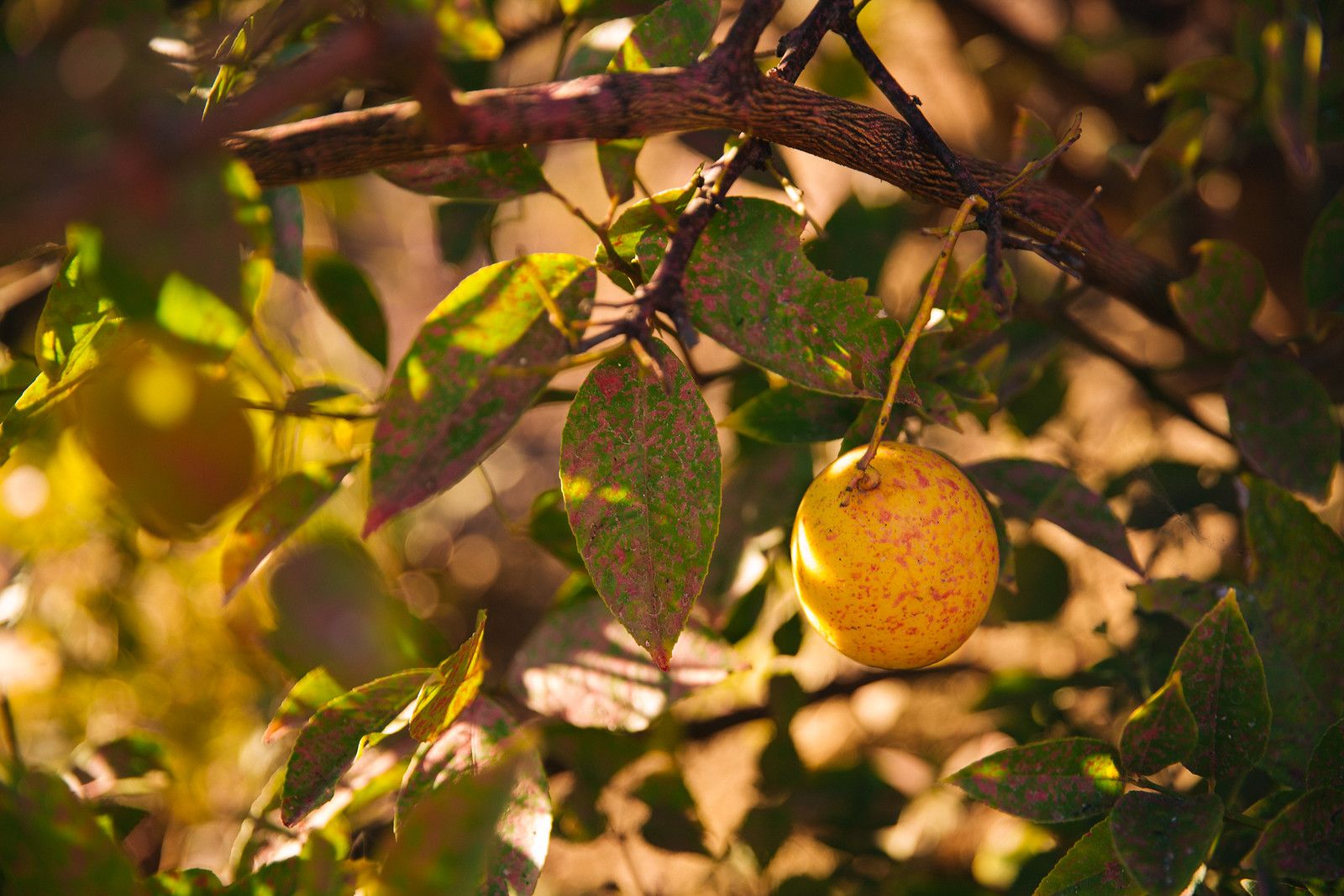
(“Wildland fire retardants are generally quite water-soluble and can be removed from smooth surfaces with little effort prior to drying. Undissolved components may, however, penetrate into porous or rough surfaces and become difficult to remove. When allowed to dry, contained thickeners may form films that tend to hold the dried retardant rather tightly to that on which it lands. This is desirable when it lands on wildland fuels. It is less desirable, however, when trying to remove it from other areas. Retardant residues should be removed as soon as possible. After drying, some scrubbing or power washing of structures and equipment may be required. Care should be taken when using power washing equipment to prevent increased penetration of the dry powder components into porous or on rough surfaces. A mild surfactant, including those that contain enzymes, may assist or improve the ease of removal.” Phos-Chek® Fire Retardants For Use in Preventing & Controlling Fires in Wildland Fuels)

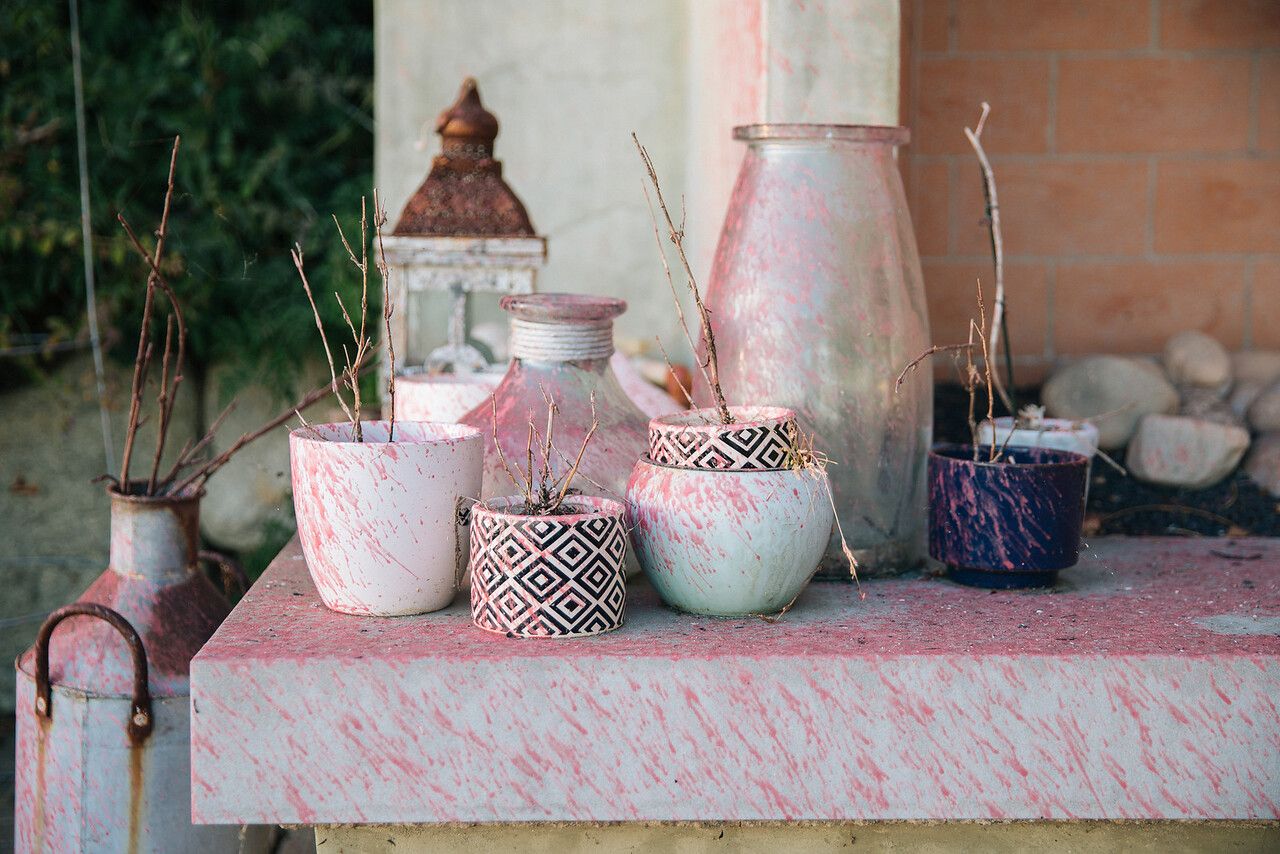
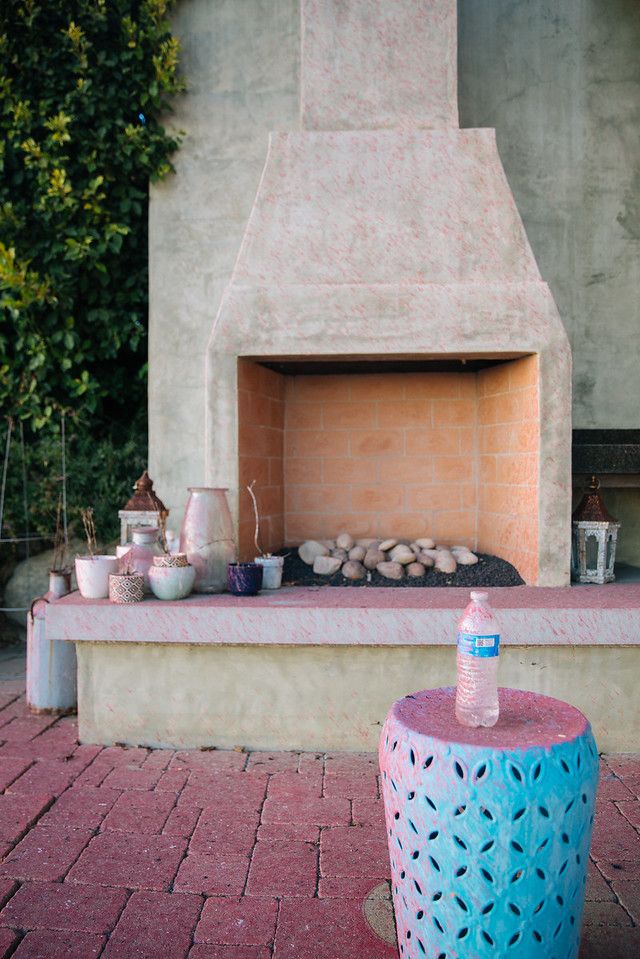
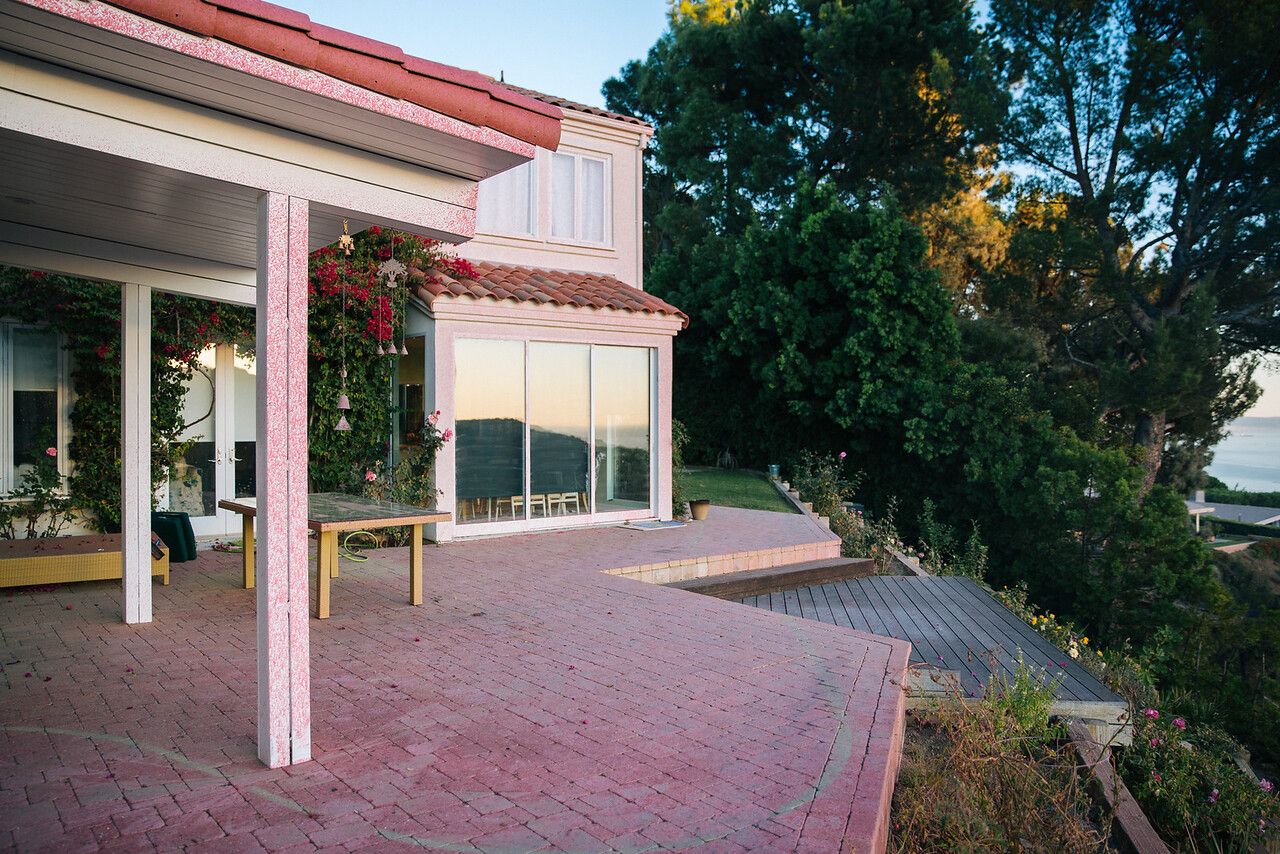
Zika’s deck saw a lot of action over the course of the firewatch. Los Angeles Times film crews shot headline photos from here, firefighters kept watch overnight, sleeping on patio furniture. Not being hesitant to show gratitude, Zika deposited a dead rat she hunted down in the canyon upon being freed from the bedroom closet, right at the feet of the sleeping firemen — which in case they didn’t know, translates into thank-you.
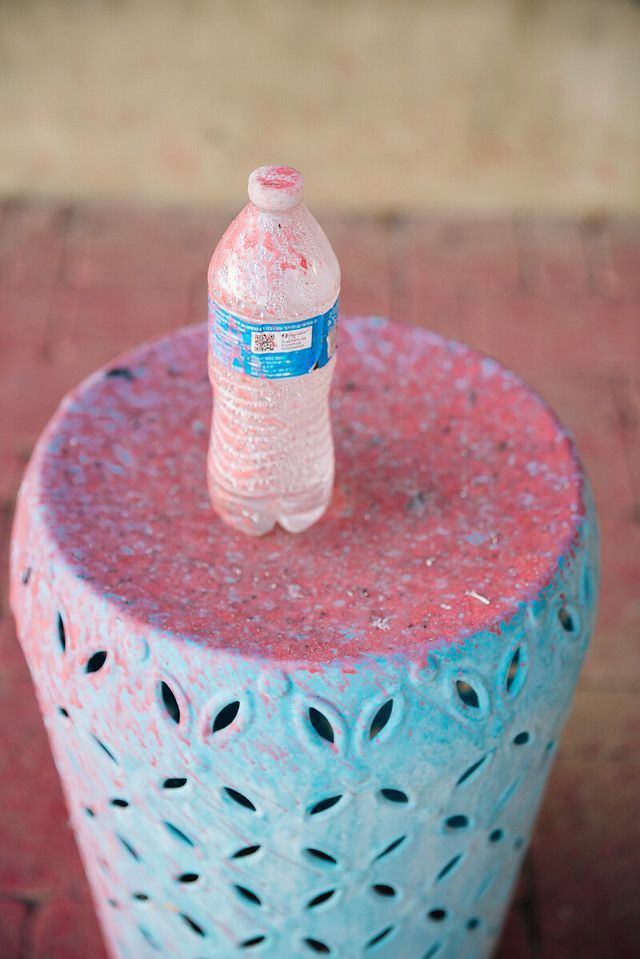
Hoping to hear more happy endings from those currently under firewatch. The winds are predicted to pick up even more fiercely on Saturday. Stay safe.

Well I’m right with you Denise-in spite of the now annual parade of fall wildfires it never occurred to me that buildings and gardens get sprayed with retardant right along with the native vegetation. Our fire du jour is in NE Sonoma County and we expect the smoke to start drifting our way tomorrow. We will have winds this weekend as well. Rain would be a welcome visitor.
Remember the days when Santa Ana winds brought the threat of fire but not its near inevitability? I’m glad Zika – and “her” house – made it through the Palisades fire with only a pink coat but that coat sounds like it could be damn tedious to remove, especially with the extremely low humidity drying everything almost instantly. One more day and then, hopefully some relief.
The way we live now.
@Kathy, fingers crossed the predicted increase in winds on Saturday fizzles…and the fires too.
@Kris, yes, I do remember those days! Dry skin and static electricity shocks was about the extent of the inconvenience.
@Hoov, yup.
These are some illuminating photos; thanks again to Mitch for sharing them.
One of my strongest memories of my time in L.A. is of a long trip out to Santa Ana at exactly this time of year — and, yes, of course, the eponymous winds were in full cry. The trip involved difficult, acrimonious meetings. I couldn’t help but wonder if things would have gone better if we’d been able to get any relief from the oven-like conditions, but we were stuck in a small, private house with feeble AC.
When the sun had been down for a few hours it was deemed bearable to go outside, into the very large yard where we were to sleep in hammocks. It was indeed nice to be able to get far away from each other, but it was much too much like a dehydrator to be restful. Thanks to to a colleague whose alarm clock included a temperature display, I was able to document that it was still 100F when I finally dozed off around midnight, murmuring “Truly, this is the room next to hell… “
Not sure how you cope with the threat of such devastating fires every year. We have a similar wind event with Chinook winds in the winter but for us it brings warmer weather and a brief release from freezing cold. I hope the fire season is short this year. Stay safe.